Purepoint is not the only company lately to report uninspiring results from what appears to be a logical exploration process. The company will use the data gathered from drilling, and perhaps some updated geophysical interpretations, to help them define future drill targets.
[box type=”info” align=”aligncenter” ]Disclaimer: This is an editorial review of a public mining company press release and is not an endorsement. It may include opinions or points of view that may not be shared by the companies mentioned in the release. The editorial comments are highlighted so as to be easily separated from the release text and portions of the release not affecting this review may be deleted. Read more at How to Use this Site.[/box]
TORONTO, ONTARIO–(Marketwired – May 28, 2014) – Purepoint Uranium Group Inc. (TSX VENTURE:PTU) today provided results from the recently completed ten-hole, 3,704-metre drill program at the Hook Lake JV project in Saskatchewan’s Athabasca Basin. Purepoint announced a uranium discovery at Hook Lake earlier this year (press release dated March 10th, 2014) in the Spitfire area with results up to 0.32% U3O8 over 6.2 metres. The Hook Lake JV project is located only 5 kilometres northeast of Fission Uranium’s new high-grade PLS uranium discovery and covers the projection of the PLS conductive host rocks. The Hook Lake project is a joint venture with AREVA Resources Canada Inc. and Cameco Corporation.
[box type=”note” align=”aligncenter” ]The Athabasca Basin has seen it’s fair share of exploration activity over the past year. With the recent discovery of Fission Uranium’s Patterson Lake South Deposit (PLS) exploration within the area has increased dramatically. The Hook Lake project is jointly held by two of the biggest uranium players in the Athabasca Region, Cameco Corp (39.5%) and AREVA resources (39.5%) with Purepoint holding the remaining 21%. PurePpoint Uranium holds numerous properties throughout the Athabasca basin and has been working within the basin since 2002. During this time it was known as Purepoint Uranium before it amalgamated with Casablanca Corp (A capital pool company) in 2005 to become PurePoint Uranium Group. The Red Willow property is one of it’s significant discoveries that is currently optioned to Rio Tinto, who operates and manages the property.[/box]
Of the ten diamond drill holes completed during the 2014 winter drill program, six holes were drilled within the Spitfire discovery area, 3 holes targeted the Patterson Lake conductor and 1 hole tested the W conductor beneath Jed Lake. The fifth hole within the Spitfire discovery area, HK14-15, was drilled 35 metres to the northeast of HK14-09 that returned 0.32% U3O8 over 6.2 metres. Hole HK14-15 intersected 1.7 metres of weak mineralization (weighted average of 101 ppm U) before drilling 14 metres of strongly sheared graphitic pelitic gneiss. Hole HK14-17, the sixth and final hole within the Spitfire area, successfully extended the mineralization 15 metres to the south with downhole gamma results returning 0.15% eU3O8 over 2.1 metres. The hole then intersected 29 metres of strongly sheared graphitic pelitic gneiss approximately 19 metres below the mineralized zone.
[box type=”note” align=”aligncenter” ]
Usually when we talk about drill results in uranium exploration we are referred to onsite radioactive measurements of the drill core. Result may be presented in “cps” (counts per second) from a handheld spectrometer. Some of the more recent high grade intersections are simply reported as “off-scale” readings. In this case, the company is reporting two different types of results:
The first result they discuss is from an earlier hole (HK14-09) which assayed at 0.32% U3O8. This is an assayed result and the uranium content is reported in “percent uranium oxides”.
The second set of results are not assays, but estimates of uranium content from down-hole radiometric logging. These results are presented as “equivalent uranium” (eU3O8) based on the results from the instrument. The instruments are calibrated against rocks of known uranium grades and provide a reasonable estimate of uranium content, but are not true assays.
Deposits in the Athabasca Basin range from 0.4% to 20+% U3O8.
The mineralization in these intercepts precede a rock type known as “graphitic pelitic gneiss”. The pelitic gneiss is a high grade metamorphic rock that has been heavily altered to the point where it is difficult to determine what the original rock was. These gneisses are characteristic of the basement rock throughout the Athabasca basin. The presence of graphite is common with unconformity-related uranium deposits in the area and these drill results suggest the conditions are right for uranium deposition.
[/box]
“We and our partners are obviously optimistic that more uranium mineralization remains to be discovered along the D2 conductor” said Scott Frostad, Purepoint’s Vice President of Exploration. “We are currently designing an enhanced ground geophysical survey in the Spitfire area to help identify structural blowouts which could yield a wider zone of higher grade uranium mineralization.”
Highlights
- Drill hole HK14-17, the final hole of the program, successfully extended the Spitfire uranium mineralization, returning 0.15% eU3O8 over 2.1 metres;
- The Spitfire mineralization and associated graphitic shear zone lie along the D2 conductor that is interpreted as a thrust fault directly related to the PLS deposits and the PLS mineralized trend;
- The mineralized zone remains open to the north where airborne geophysics suggests there is a more structurally complex setting; and
- A detailed DC Resistivity survey, and possibly an IP Chargeability survey, will be considered by the joint venture before drilling resumes.
Spitfire Area
The Spitfire mineralization and graphitic-pyritic shear zone is associated with the D2 electromagnetic (EM) conductor that is approximately 3.2 kilometres in length and interpreted to lie along a thrust fault directly related to the PLS deposits. Condor Consulting of Boulder, CO recently completed a litho-structural map for the Hook Lake JV based on regional airborne geophysical results and has suggested that a discreet “PLS trend” is aligned with the D2 conductor and may represent a thrust fault. The Hook Lake JV partners consider that further ground geophysics is warranted within the Spitfire area prior to the next drilling campaign and the design for a detailed DC Resistivity survey, and possibly an IP Chargeability survey, is currently being finalized.
[box type=”note” align=”aligncenter” ]
Since uranium deposition is associated with conductive minerals and fault structures in the basement rock (igneous rock beneath the thick sedimentary rocks) , geophysical surveys can be useful in exploration. The company has used an airborne geophysical survey to help define the subsurface structure of the Hook Lake property and highlight potentially mineralized structures. That information is being used to design a Resistivity and IP Chargeability survey which may help further isolate the most prospective targets from within those structures. With thick sediments overlying the target zones, mining companies must rely heavily on geophysics.
[/box]
The fifth hole within the Spitfire area, HK14-15, was collared 25 metres northeast of holes HK14-09 and 11. Similar to the previous three land holes, HK14-15 was drilled towards the northwest (315 degrees) with a dip of -70 degrees targeting the western extension of the graphitic shear. The hole was cased through 101.2 metres of overburden then numerous intervals of unconsolidated Athabasca sandstone before reaching the unconformity at a depth of 151.0 metres. Quartz-rich semi-pelitic gneiss, locally strongly sheared with strong brick-red hematite alteration was encountered to a depth of 170.6 metres then chlorite alteration was predominant to 226.0 metres. A 1.7 metre interval of weak mineralization (weighted average of 101 ppm U) was associated with moderate limonite alteration and a strongly disrupted foliation between 222.2 and 223.9 metres. Relatively unaltered and strongly sheared Graphitic pelitic gneiss with minor gouge intervals was then encountered from 226.0 to 239.8 metres. Quartz-rich semi-pelitic gneiss with weak to moderate chlorite alteration and minor intervals of Quartzite and Calc-silicate was intersected before the hole was completed at 378.0 metres.
HK14-17 was collared 10 metres east of HK14-15 but drilled to the west (265 degrees) with a dip of -70 degrees targeting the southern extension of the mineralized zone. Overburden was cased to a depth of 138.0 metres then strongly bleached Athabasca sandstone was intersected before reaching the unconformity at 150.7 metres. Quartz-rich pelitic gneiss with strong hematite and clay alteration was encountered to 189.0 metres, then strong chloritization and shearing to a depth of 232.7 metres. Downhole gamma results returned 0.15% eU3O8 over a 2.1 metre interval having a pitted texture, pervasive limonite alteration and patchy hematite alteration between 212.0 and 214.1 metres. Strongly sheared Graphitic pelitic gneiss with variable foliation was encountered for 29 metres to 262.0 metres and hosted a 0.5 metre pasty fault gouge. Chlorite altered Quartz-rich semi-pelitic gneiss with minor intervals of Quartzite and Calc-silicate was then drilled to the completion depth of 417.0 metres.
Patterson Lake Area
Three drill holes, HK14-10, 13 and 14, were drilled on Patterson Lake to test the conductor outlined by last year’s small moving loop transient electromagnetic survey.
Hole HK14-10 was drilled vertically, cased through overburden to a depth of 82 metres, and then drilled Athabasca sandstone to a depth of 92 metres. Intensely clay altered pegmatite was encountered to 101 metres followed by strongly sheared, bleached and strongly hematized semi-pelitic rocks to a depth of 132 metres. The semi-pelitic rocks displayed strong chloritic alteration to a depth of 270 metres before becoming fresh in appearance. The hole was completed at a depth of 300 metres without explaining the EM conductor and did not encounter significant radiation. The foliation of the rocks is almost vertical at this location suggesting the targeted EM conductor (graphitic unit) is also near vertical.
Hole HK14-13 was drilled vertically on the Patterson Lake conductor 750 metres southwest of HK14-10. The hole did not intersect sandstone before reaching basement rocks at a depth of 81 metres. Very steeply dipping chloritic garnetiferous semi-pelitic gneiss was encountered to a completion depth of 389 metres. The hole failed to explain the EM conductor in this location and did not encounter significant radiation.
Hole HK14-14 was collared 60 metres southeast of HK14-10 and cased overburden to a depth of 98 metres before encountering strongly hematized semi-pelitic gneiss with rehealed breccia/mylonite zones between 105.5-107.2m, 108.1-109.0m and again between 117.5-118.9m. The paleoweathering red/green zone extends to a depth of 134 metres with the hematite alteration then becoming replaced by chloritization. No significant radioactivity was encountered and the EM conductor was not explained before this hole was completed at a depth of 317 metres.
[box type=”note” align=”aligncenter” ]As discussed above, a successful airborne geophysical survey will often be followed up with a ground-based survey to target the most prospective targets. Ground-based surveys can provide higher resolution data for drill-hole planning. In this case, the company performed a ground based EM survey to highlight subsurface electrical conductors. However, when the company drilled they failed to encounter radioactivity or even explain the conductor. Based on these results, the company believes that the EM conductor is likely oriented near vertical. These types of targets can appear quite narrow on geophysical surveys and can be tricky to drill through if you don’t know the proper orientation. Future plans to conduct an IP survey may help define the EM conductor before the next drill campaign.[/box]
Jed Lake
Hole HK14-16 was drilled on Jed Lake at a dip of -90 degrees to test the location where four, tightly spaced EM conductors were outlined by a stepwise moving-loop survey. The drill hole was cased through overburden to 77.0m then encountered Athabasca sandstone with strong bleaching, patchy brick-red hematitic alteration and desilicification to a depth of 200 metres. Very little core recovery occurred between the depths of 173 and 200 metres. Quartz-rich semi-pelitic gneiss with moderate clay alteration was encountered to 264.4 metres then prominent hematite alteration to 276.9 metres. Two fault zones with pasty gouge and finely crushed core were intersected; the first fault displayed strong hematite and limonite alteration between 219.7 and 222.0 metres while the second fault displayed strong limonite and moderate clay alteration from 234.0 and 236.0 metres. Strongly sheared Pyritic graphitic pelitic gneiss with weak alteration was encountered between 276.9 and 300.2 metres and hosted a 0.6 metre interval of fault gouge. Quartz rich semi-pelitic gneiss with strong chloritic alteration with patchy hematitic alteration was then encountered to the completion depth of 440.2 metres. No significant radioactivity was encountered by the hole.
Core samples are submitted to the Saskatchewan Research Council (SRC) Geoanalytical Laboratories in Saskatoon. The SRC facility is ISO/IEC 17025:2005 accredited by the Standards Council of Canada (scope of accreditation #537). The samples are analyzed using partial and total digestion inductively coupled plasma methods, for boron by Na2O2 fusion, and for uranium by fluorimetry.
The down hole radiometric logging was accomplished using a 2PGA-1000 Total Gamma Count Probe and a MGX II Logger. The gamma probe has been calibrated against a set of known standards in test pits located at the Saskatchewan Research Council’s facilities in Saskatoon. Results from the downhole total gamma surveys were used to calculate the %eU3O8 for radioactive intervals. All drill intercepts are core width and true thickness is yet to be determined.
[box type=”note” align=”aligncenter” ]With some of the recent successes in the Patterson Lake area, one would be tempted to think that encountering high-grade uranium was a sure thing. However, Purepoint is not the only company lately to report uninspiring results from what appears to be a logical exploration process. The company will use the data gathered from drilling, and perhaps some updated geophysical interpretations, to help them define future drill targets.[/box]
Hook Lake Project
The Hook Lake project is owned by Cameco Corp. (39.5%), AREVA Resources Canada Inc. (39.5%) and Purepoint Uranium Group Inc. (21%) with Purepoint being the project operator since 2007. It consists of nine claims totaling 28,683 hectares and is situated in the southwestern Athabasca Basin only 5 kilometres northeast of the new high-grade PLS uranium discovery by the Fission/Alpha joint venture. The depth to the Athabasca unconformity is very shallow, ranging from zero to 350 metres. Three prospective structural “corridors” have been defined on the property, each corridor being comprised of multiple EM conductors that have been confirmed to be the results of graphitic metasediments that intersect the Athabasca unconformity.
The Patterson Lake Corridor is the same conductive trend along which Fission Uranium Corp. continues to intersect high-grade uranium mineralization, most notably the intercept of 5.98% U3O8 over 102.5 metres in drill hole PLS14-187 (Fission Uranium Corp. press release of April 22, 2014). Within the Hook Lake project, the Patterson Lake Corridor displays geophysical evidence of a complex structural history and, where drill tested, has shown favourable signs of alteration and structural disruption.
About Purepoint
Purepoint Uranium Group Inc. is focused on the precision exploration of its ten projects in the Canadian Athabasca Basin. Purepoint proudly maintains project ventures in the Basin with three of the largest uranium producers in the world, Cameco Corporation, AREVA Resources Canada Inc. and Rio Tinto. Established in the Athabasca Basin well before the initial resurgence in uranium earlier last decade, Purepoint is actively advancing a large portfolio of multiple drill targets in the world’s richest uranium region.
[box type=”note” align=”aligncenter” ]
The price of uranium is at around $28 per pound off from its one year high of about $40 and the uranium mining stocks have been sliding along with it. Purepoint Uranium’s stock price is in part a reflection of this trend and likely also a victim of the market’s expectation of high grades similar to other recent discoveries. A year ago Purepoint was trading at $0.19 and is sitting at $0.06 as of writing.
With today’s uranium prices, it’s hard to say if even positive drill results could bolster the companies stock. Some uranium producers have ceased production due to falling commodity prices and Cameco’s recent suspension of development on the Millenium Project within the Athabasca basin is further confimation of tough times for the uranium business. Just what the mining industry needs. More tough times.
[/box]
[box type=”success” align=”aligncenter” ]Have a company or release you’d like us to look at? Let us know though our contact page, through Google+, Twitter or Facebook.[/box]

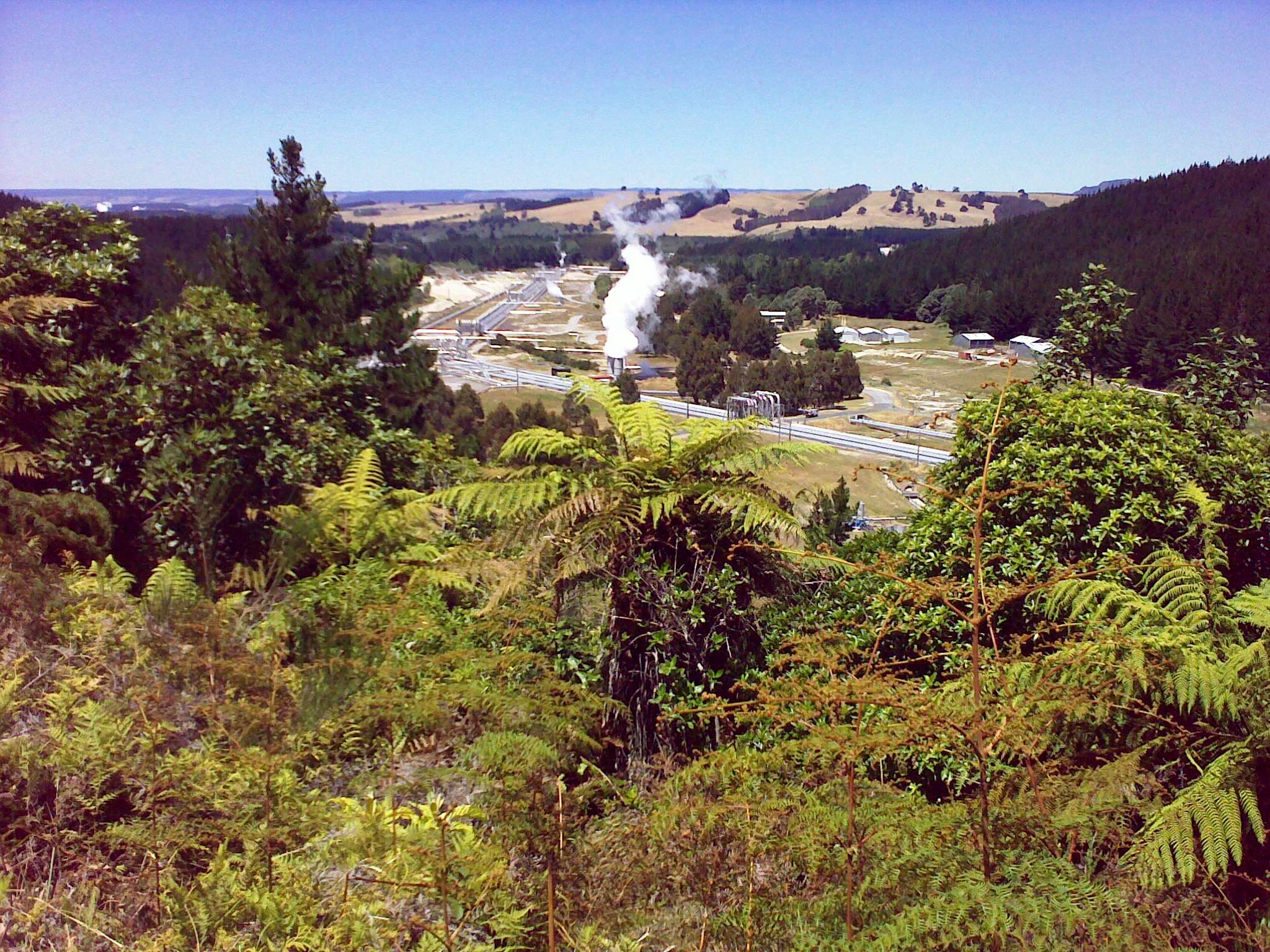
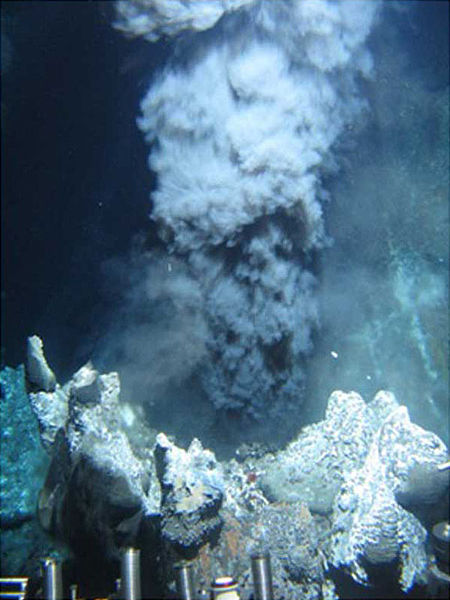
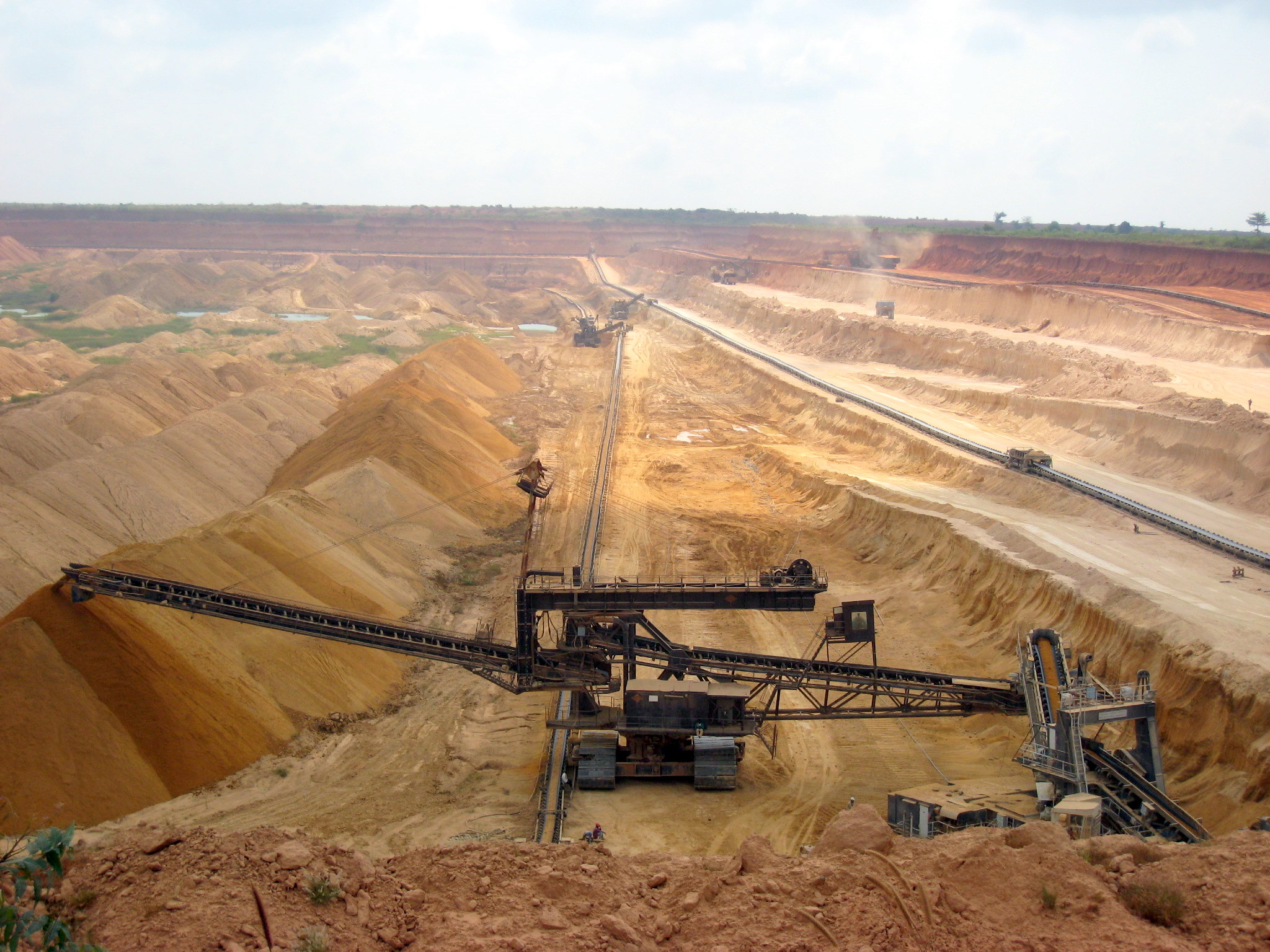

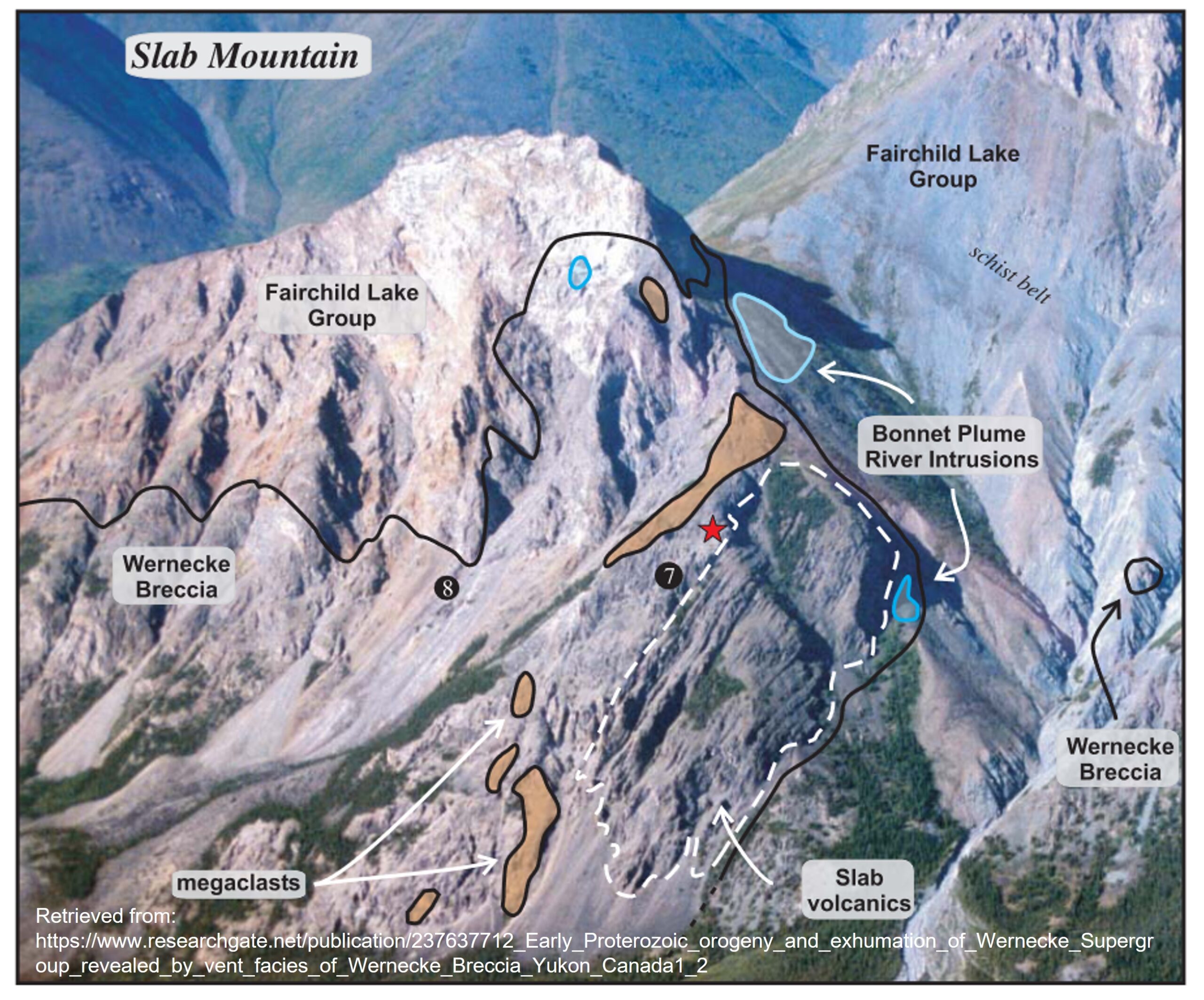
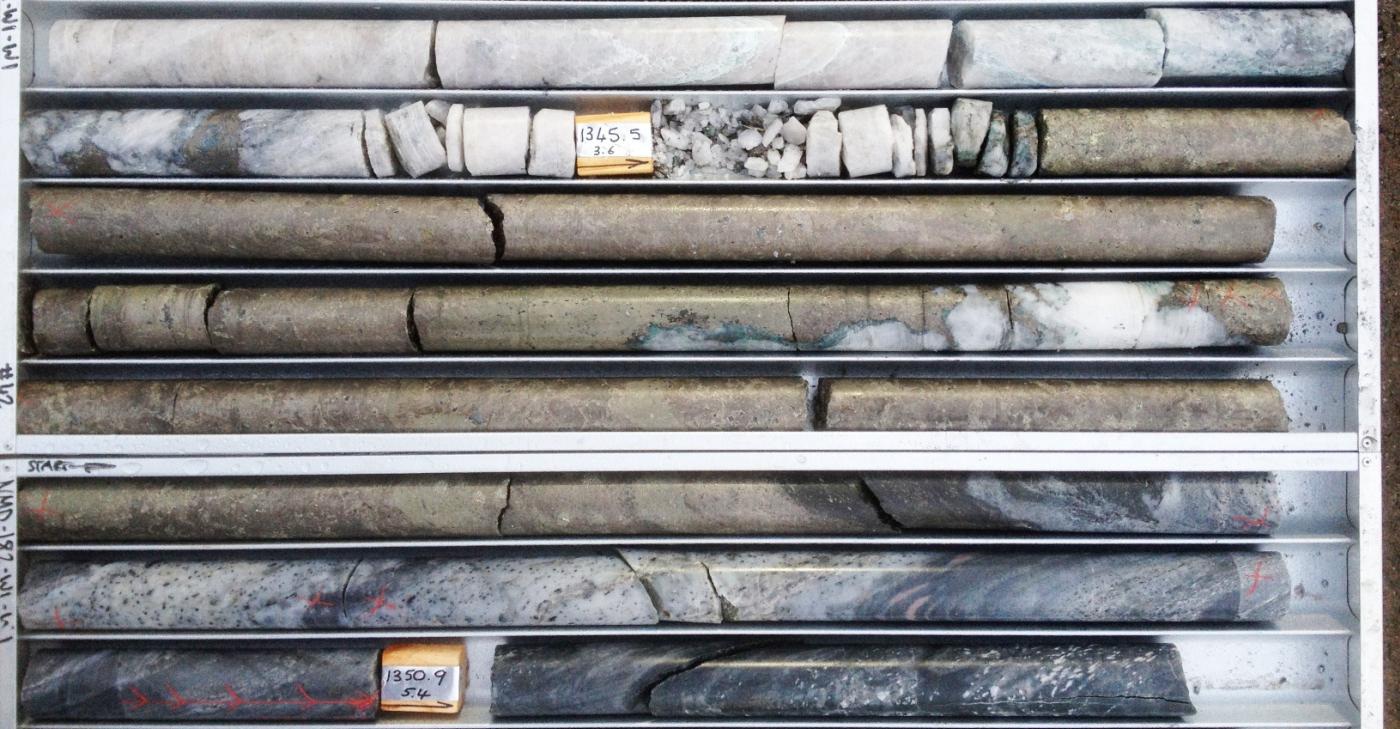
Pingback: Athabasca Basin and beyond | VantageWire